Winter Vandenbrink documents young people searching for subculture

For his new book Vandals, the photographer shot cool kids on the streets of New York, Amsterdam, Paris and London.
Culture
Words: Tiffany Lai
In Paris’ Place de la République, tourists turn their phones toward the bronze statue of Marianne, tour guides manoeuvre around the square on segways and pigeons bicker over croissant crumbs. In the midst of all the chaos stands Dutch photographer Winter Vandenbrink, with a long lens camera.
But what he’s interested in isn’t wildlife or architecture. Instead, he’s laser-focused on the teenagers who congregate in clouds of vape smoke, swigging coolly from bottles of ice tea. Dressed in Nike joggers and North Face waterproofs, they gas each other up as the sun glints off their heavy-set chains.
For over eight years, the photographer has sought these kids out on the busy streets of cities such as New York, Amsterdam, London and Paris, hoping to capture a bit of what he calls “the magic of that age”. Though the 42-year-old’s fascination with urban subcultures began as a research project, it soon expanded into much more than that. Winter’s latest 400 page tome, Vandals, came together after reading an essay of the same name by the German philosopher Theodor Adorno.
Written in 1945, the text examines a boom in post-war consumerism as well as a new proliferation of consumerist culture. “The subject I study amongst young people comes from that phenomena [Adorno is] describing – a collective possibility of creating your own individual hairdo, rhythm, fashion or mannerism,” Winter says. “Everything is basically branded or taken from something not really your own. That’s basically my fascination.”
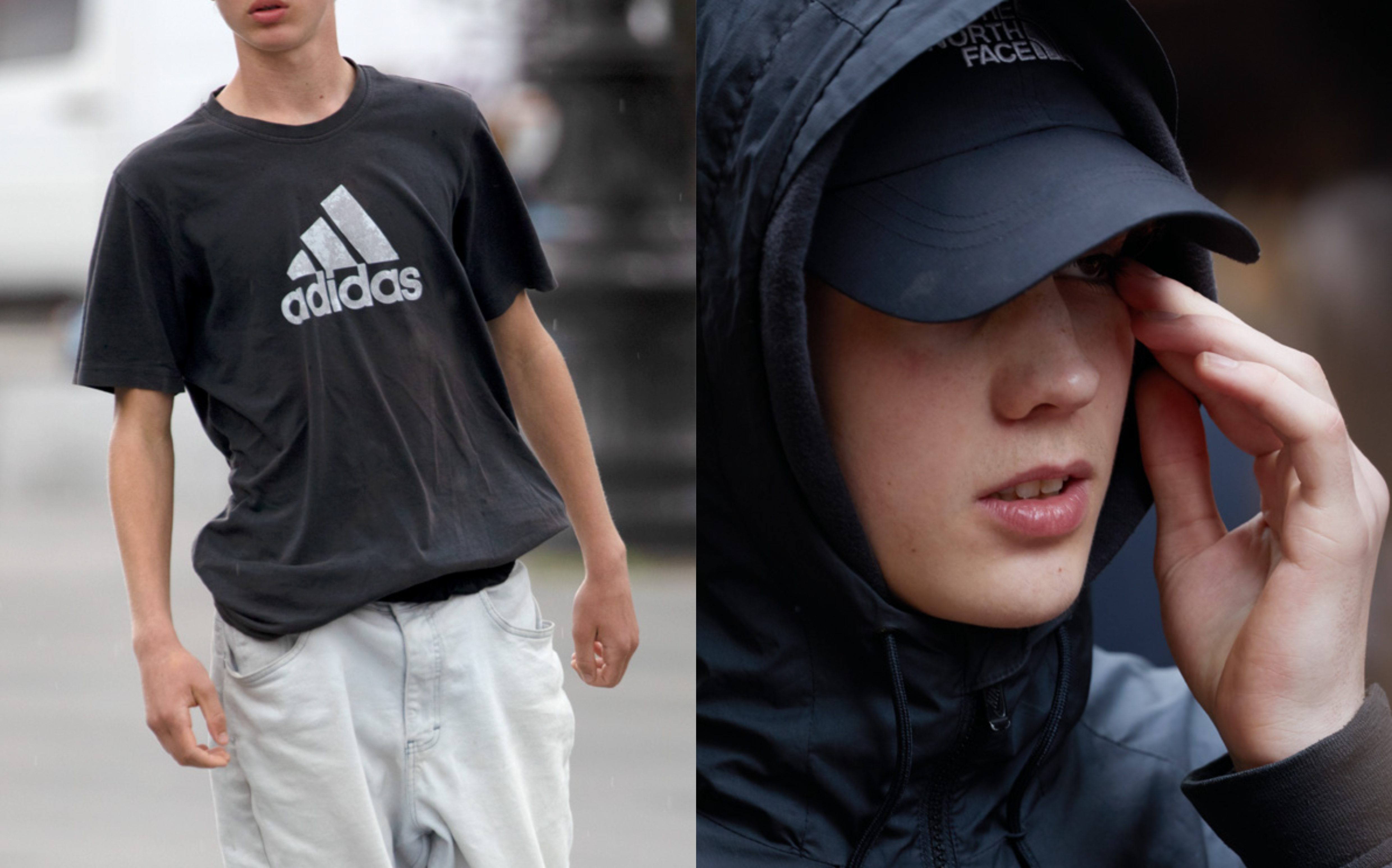
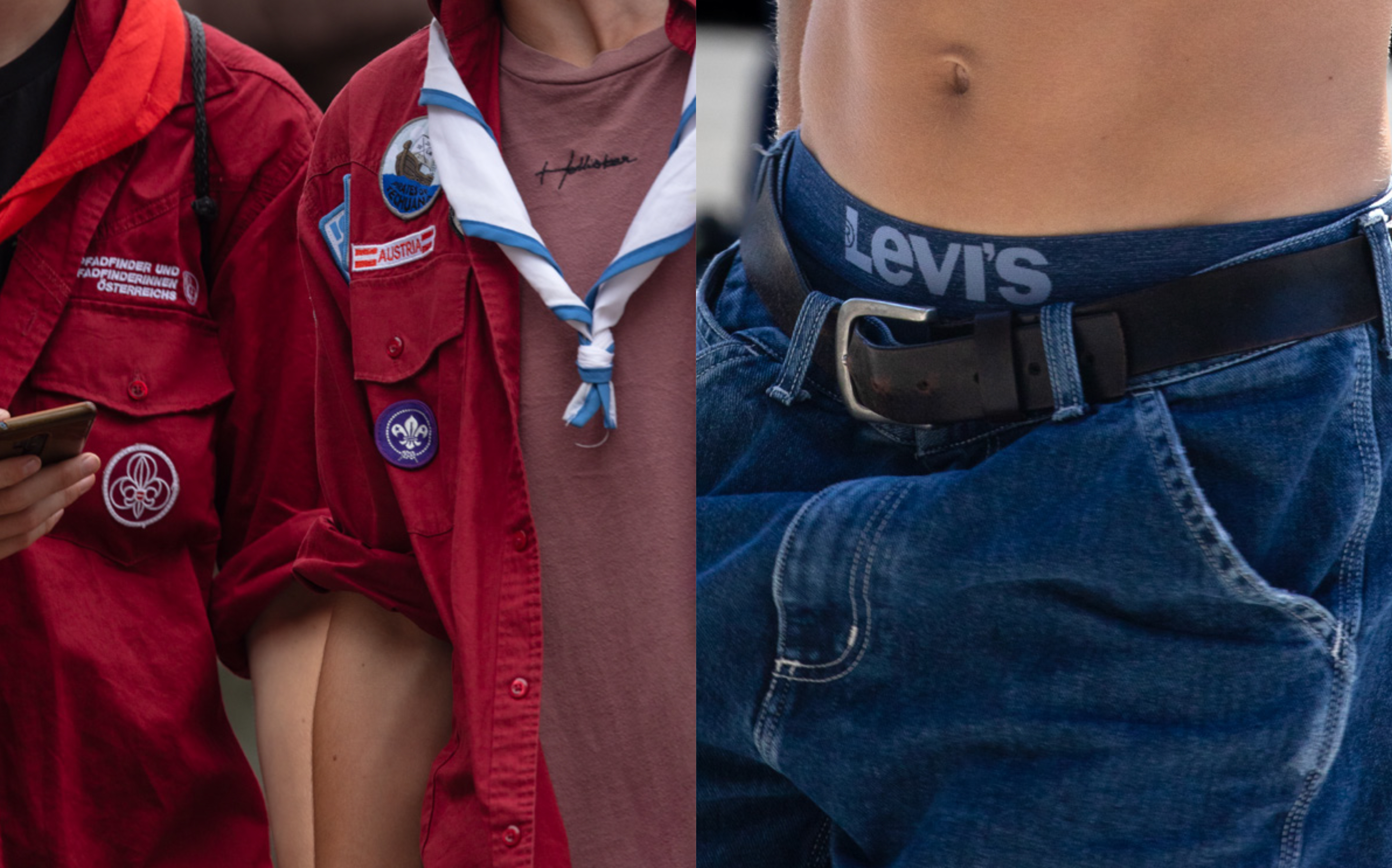
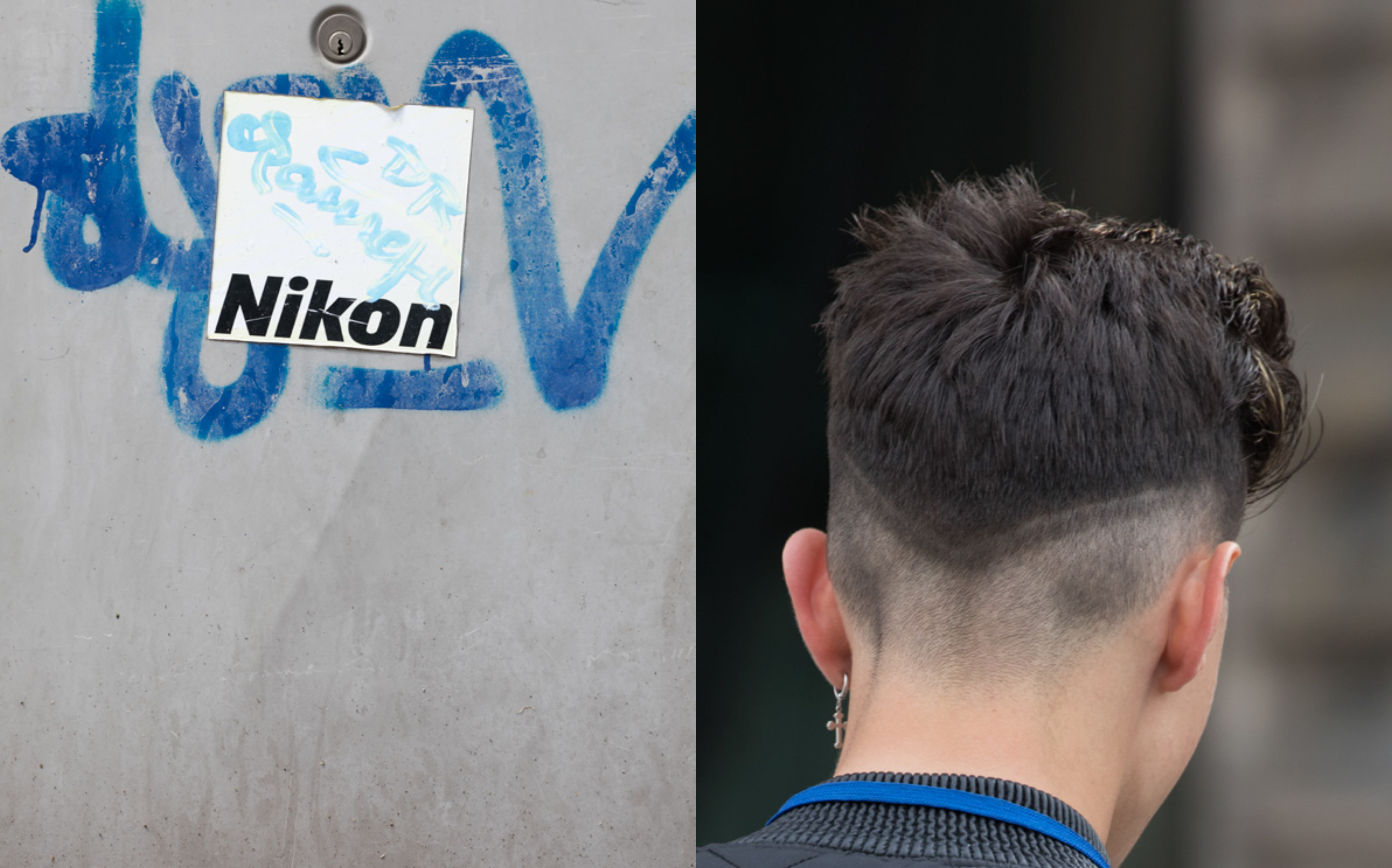
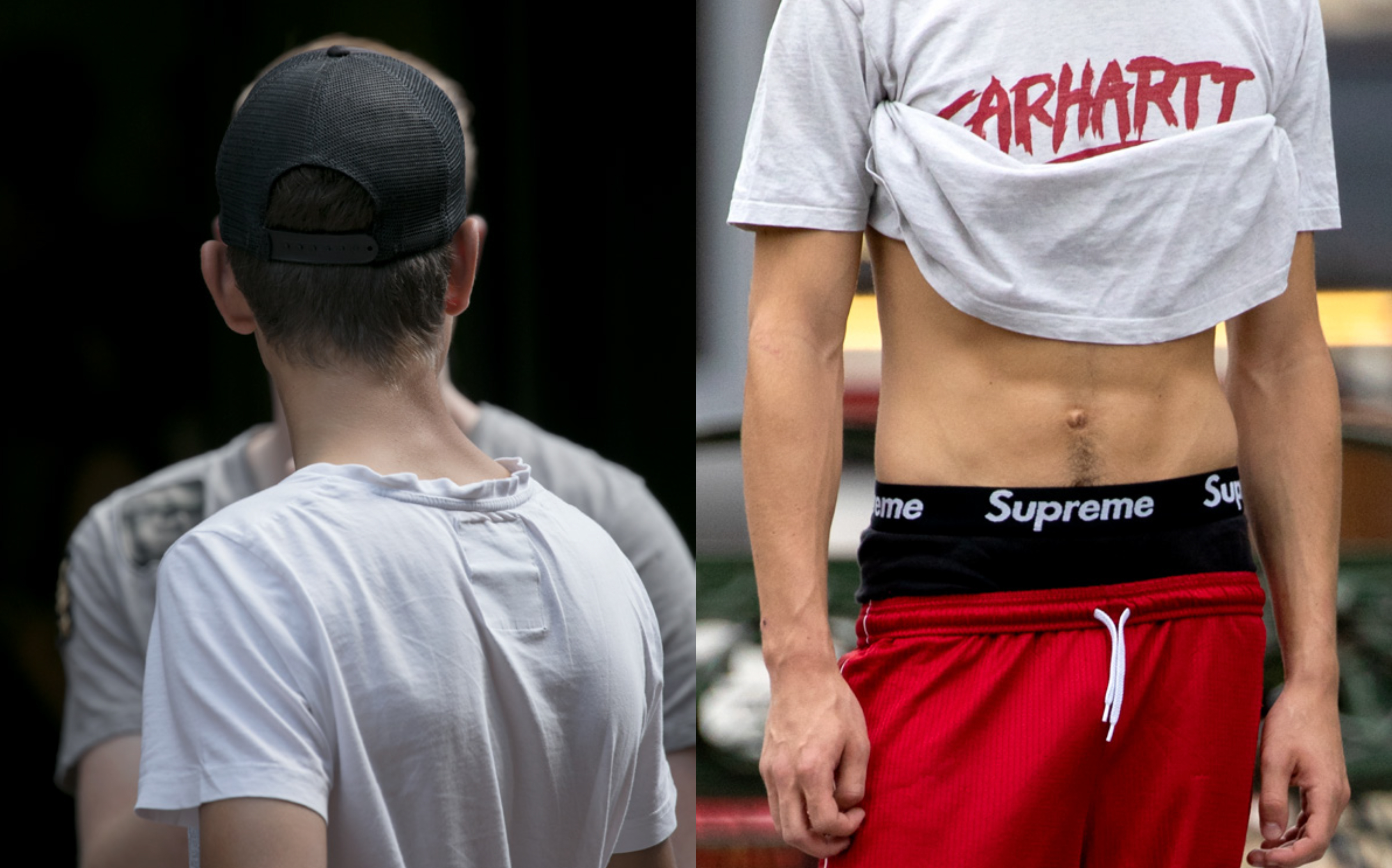
Hi, Winter. The slightly voyeuristic aesthetic of your work is so distinctive. How did it develop?
I got a cheap long lens camera pretty early on [in my career], and that really got me addicted. Before that, I studied at the Royal College of Arts in The Hague as more of a conventional fashion photographer. But the long lens camera started the practice that you see now, and it soon took over my fashion work.
Does it change your relationship with the people you’re photographing? A long lens camera isn’t exactly subtle…
The funny thing is, with a big lens, people can’t tell if you’re taking a picture of them or something behind them. Regardless, that relationship has changed over time because I’m quite shy myself. Up until four years ago, I would photograph people from as far away as possible. But that felt a bit dishonest, like I was stealing somebody’s picture. So now, the person I’m photographing has to be able to see me and approach me, and that process feels much better. It also helps me work on my shyness a bit.
Are there particular places you prefer to stand and photograph in?
Stations, high streets in Amsterdam, the gardens outside the Louvre in Paris, but also busy places you wouldn’t necessarily want to go like Piccadilly Circus in London, where there’s lots of people coming from all angles. That’s really good for me, because then you can really hunt and focus on one person.
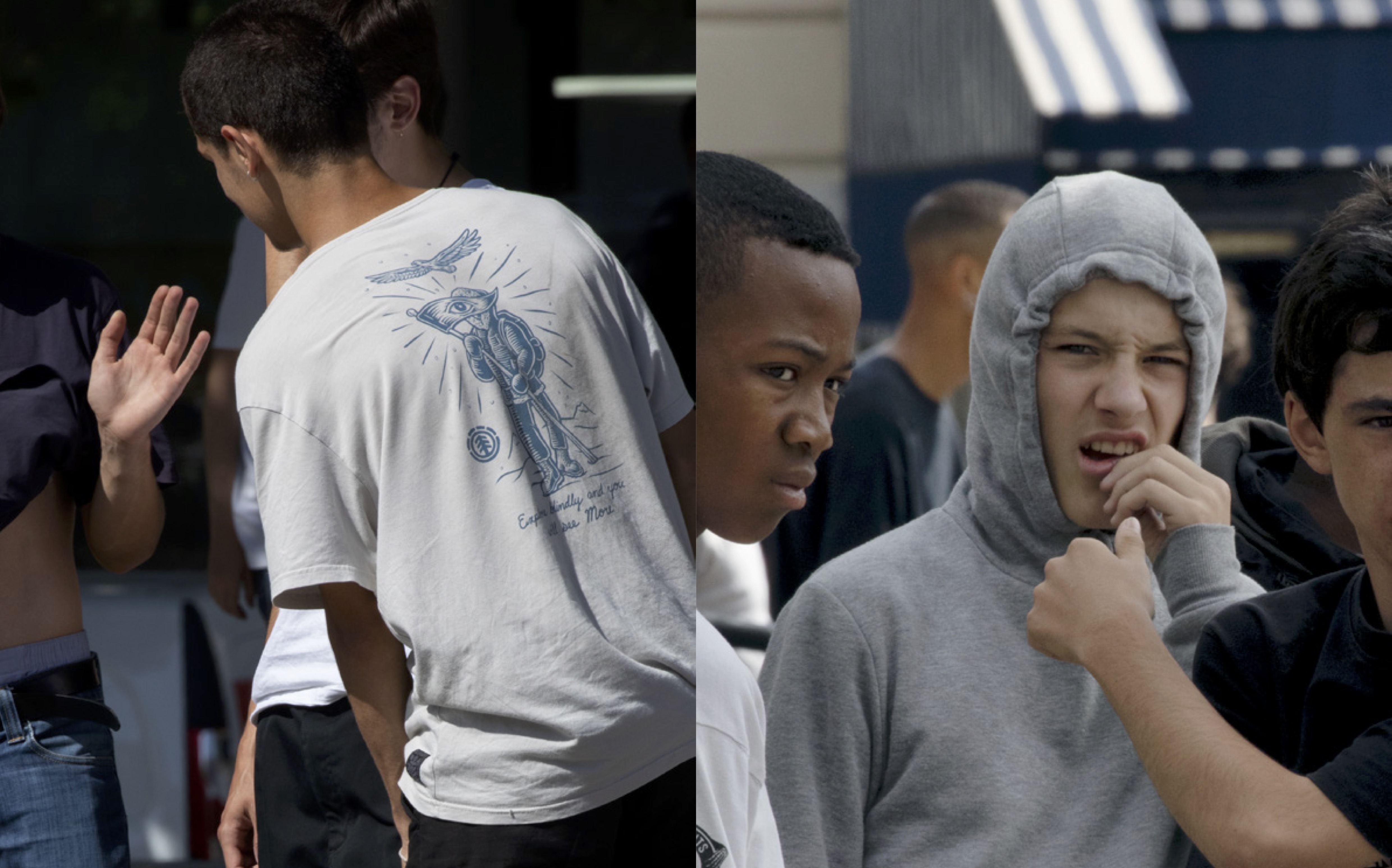
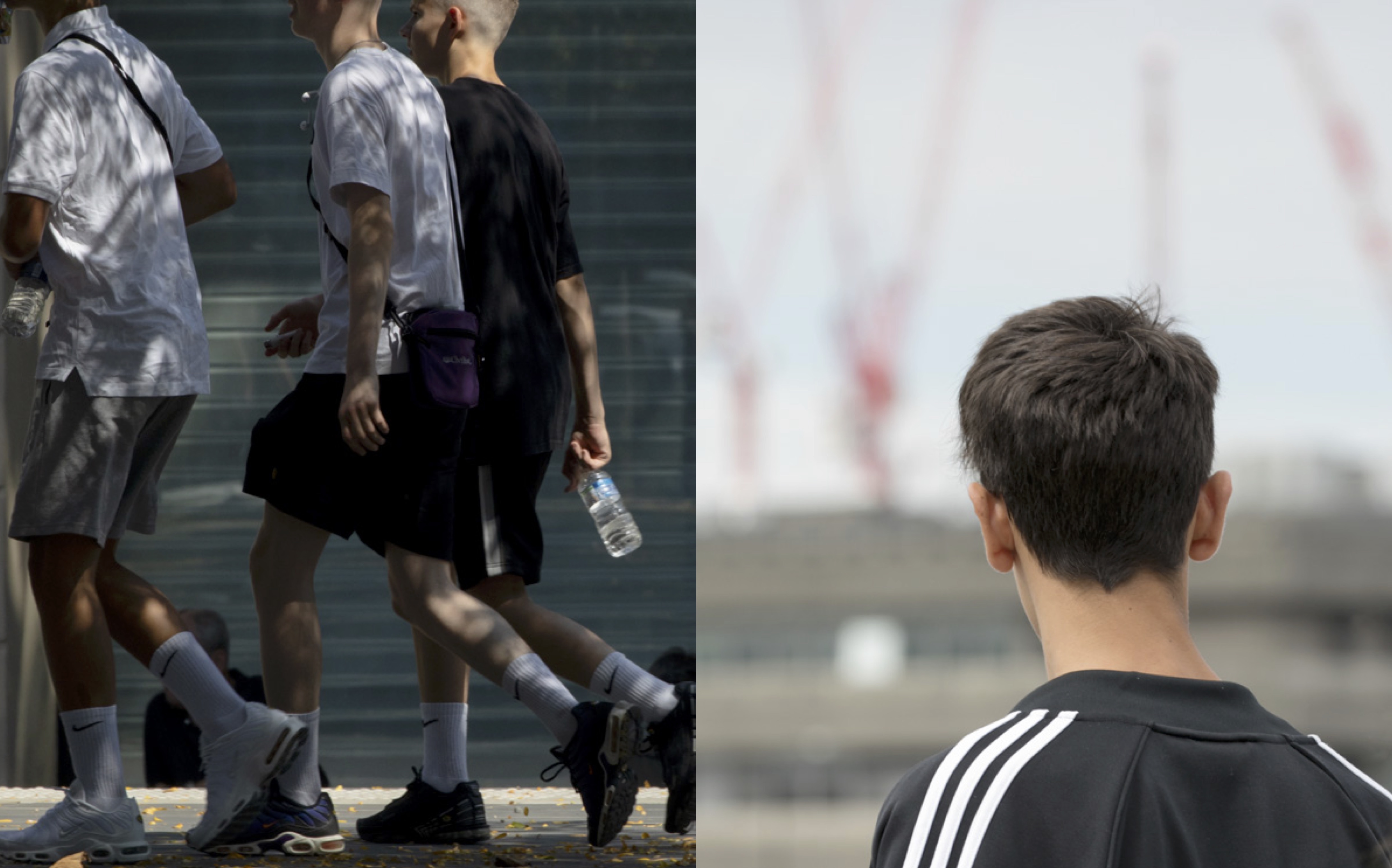
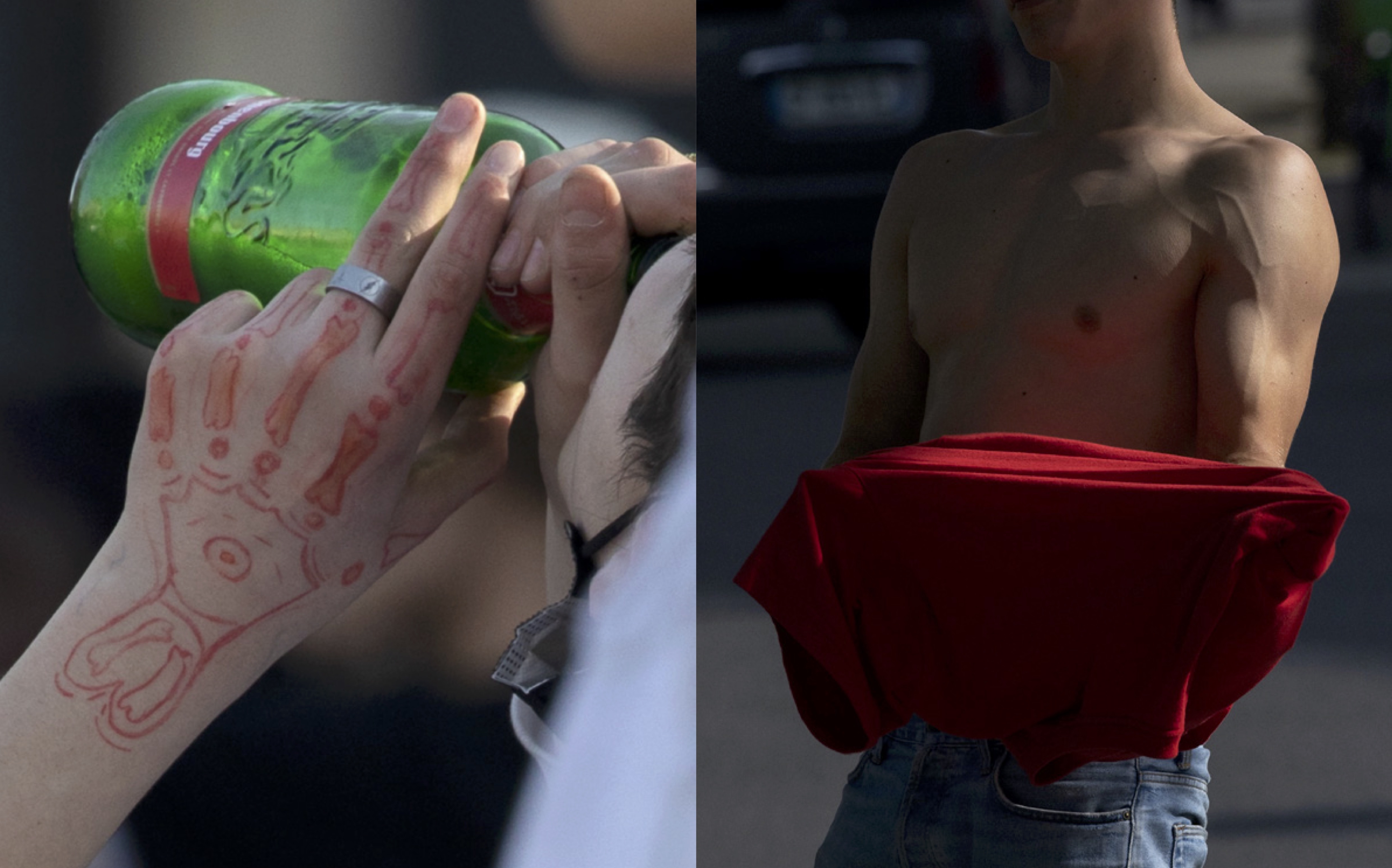
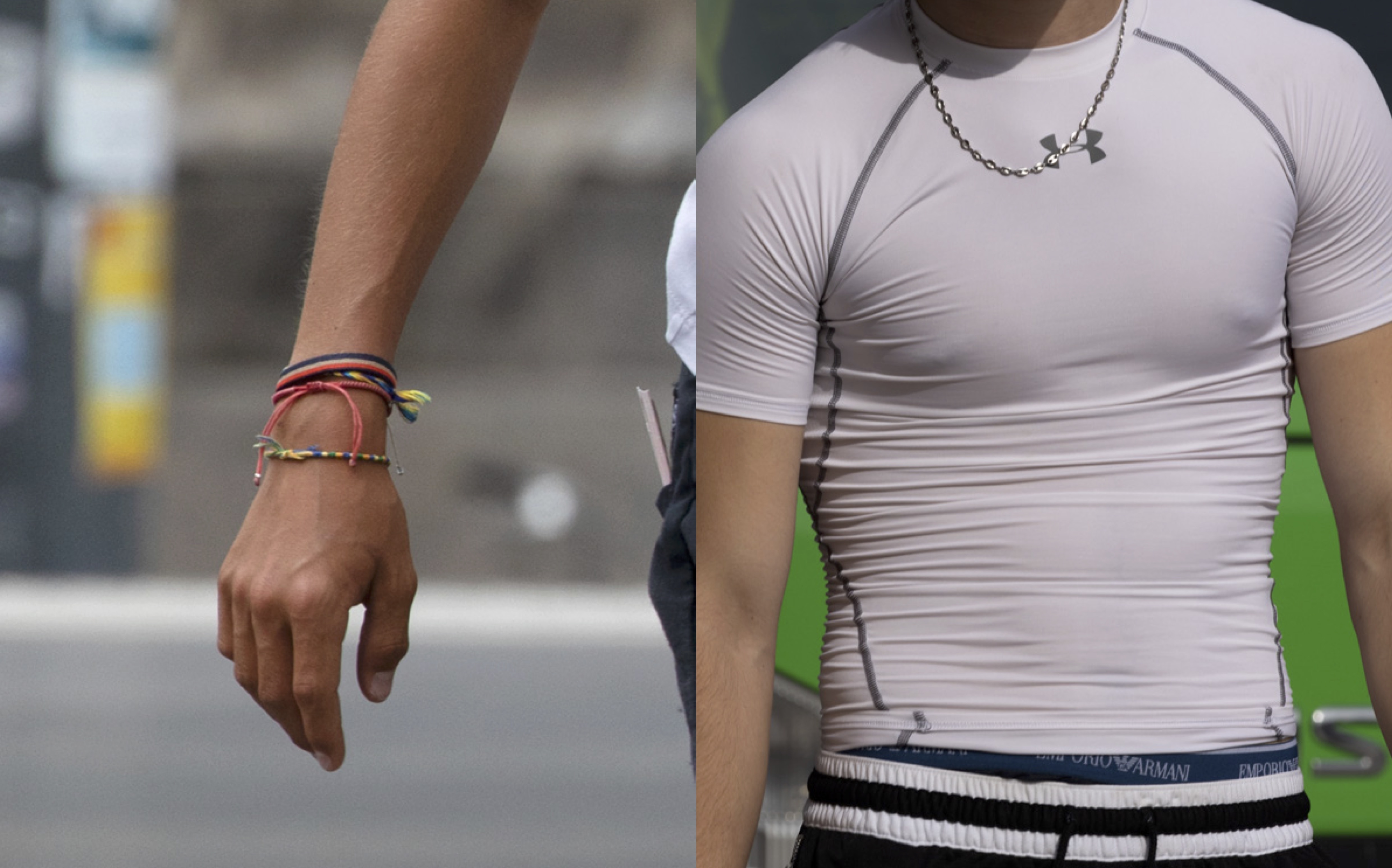
Vandals examines the youth culture of today. If someone were to take a photo of you when you were young, what would it look like?
I was hanging out a lot in the same streets that I photograph now. I wore streetwear brands like Puma and Nike but I also had this period of being a big Depeche Mode fan, so I mostly wore black. In the ’90s, everyone put a lot of gel in their hair which made it really sturdy – that was quite a look!
The title of the book is inspired by Adorno’s essay of the same name. Why did that inspire you?
He wrote it in 1945 but it feels as if it’s been written now, because what he’s describing there is probably 100 times more intense these days. The subject I study amongst young people comes from the phenomena that he’s describing: a collective search for individuality which, of course, is a contradiction.
You’ve spent so much time observing young people. Is there anything you think the older generations misunderstand about them?
I often look back at my own youth and compare it with what I’m seeing now, but things have changed so much. Their circumstances are harder than mine – when I was an adolescent there were crises as well, but it reaches you so much more easily now.
But still, I think there are ways to escape it. I was reading an article this morning on young people “reality shifting”, which is a meditation practice where they can enter their own world. Maybe that’s useful, because there’s so much heavy stuff going on. I think the older generation should just observe them and learn from them, and maybe refrain from giving them too many rules!









